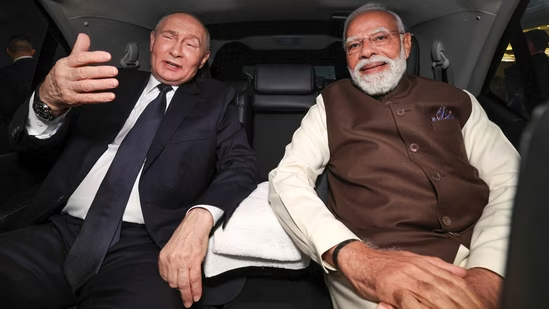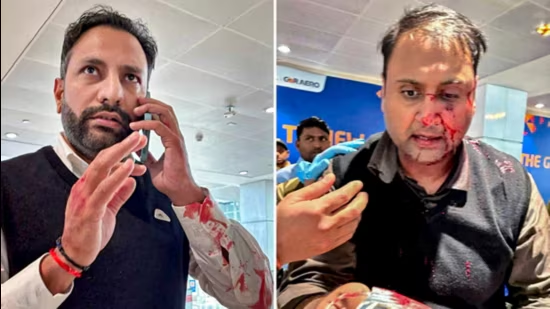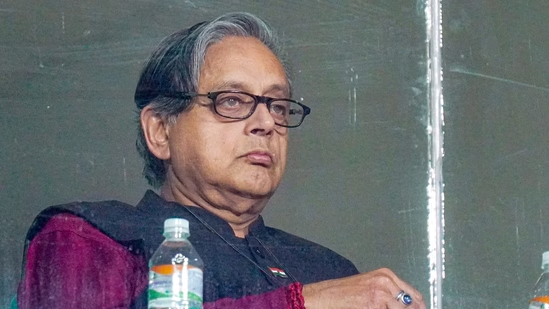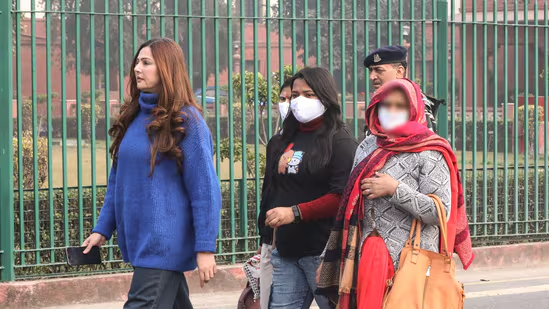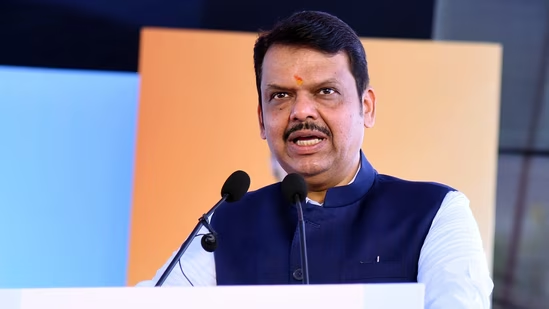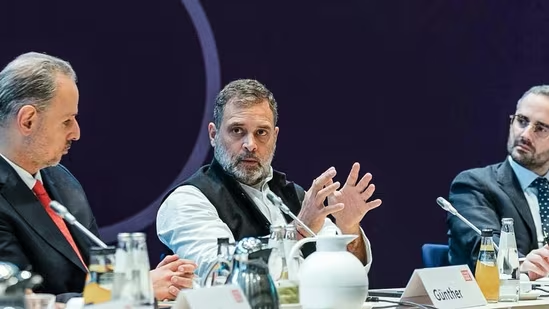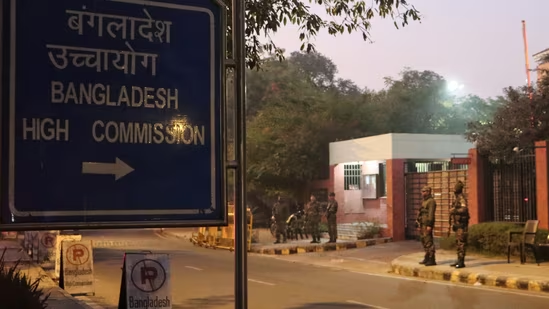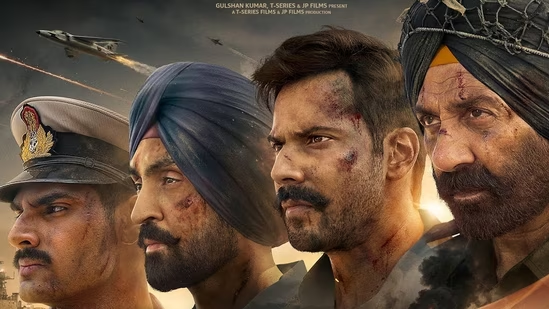In a surprising statement during an interview with a news channel, which he promptly shared on social media, Prime Minister Narendra Modi declared, “The day I do Hindu-Musalman politics, I’ll be unworthy of public life. I resolve that I will not do such politics.
” This declaration on May 14, made shortly after filing his nomination in Varanasi, came across as a significant shift in tone. Modi questioned the automatic association of larger families with Muslims, arguing that the problem of having more children than a family can care for transcends religious boundaries. Reflecting nostalgically on his childhood, Modi recalled celebrating Eid with his Muslim neighbors, emphasizing his upbringing in a diverse community.
The Shift in Modi’s Election Rhetoric
However, Modi’s apparent pivot to a more inclusive rhetoric was short-lived. Just hours after his statement, he returned to his familiar strategy of invoking the fear of Muslim reservation, raising questions about the sincerity of his transformation. This pattern of behavior led one commentator to describe Modi as a ‘loner’ who unilaterally decides his party’s policies, leaving others in the dark about his next move.
Context of the 2019 Indian Elections
The backdrop to Modi’s May 14 statement was a broader political context in which he faces an election without the clear, powerful campaign themes of previous years. In 2002, the polarization following the Gujarat riots, which resulted in the deaths of at least 1,000 people, primarily Muslims, and the displacement of thousands, bolstered Modi’s electoral success. The lingering communal divide helped him win subsequent state elections. In 2014, he rode to power at the national level on a wave of discontent against a perceived weak regime, backed by significant corporate support.
Diminishing Returns of Hindutva Rhetoric
Unlike the 2019 election, marked by the nationalist fervor following the Balakot airstrikes and the strongman image, this time Modi is grappling with a less compelling narrative. The diminishing returns from the Ayodhya issue are evident, as the opposition’s focus on job creation counters the BJP’s attempts to reignite fears related to the Babri Masjid demolition.
Election Commission’s Influence
Modi’s brief climbdown on May 14 seems to have been influenced by the Election Commission’s notice in response to opposition complaints about his alleged violation of the model code of conduct with hate speech. BJP president J.P. Nadda’s response to the commission indicated a strategic move to mitigate the potential repercussions of these complaints. This maneuver was crucial, as the Election Commission had, for the first time, directed the notice to the party president rather than the alleged violator, in this case, Modi. Several opposition leaders had lodged complaints against him.
Balancing Act with Allies and Minority Outreach
In a speech at Banswara, Modi suggested that if the Congress came to power, it would distribute the country’s wealth among those with larger families, an insinuation targeting Muslims. This notion of ‘population jihad’ is an age-old argument within the RSS parivar, aimed at fostering religious animosity. Modi’s reference to the phrase ‘ham paanch, hamare pachees (we are five, we have 25 children)’ during his Gujarat days exemplifies this rhetoric. The prime minister’s economic advisory council even released a report shortly after his Banswara speech, lending some credibility to this controversial thesis, though it was strongly contested by independent economists.
The discomfort among BJP allies over Modi’s incendiary comments also played a role in his temporary change of tone. Leaders like Chandrababu Naidu and Chirag Paswan openly opposed hate politics. Naidu pledged to implement 4% reservation for Muslims in Andhra Pradesh, and Paswan, wary of alienating his Muslim supporters, criticized the BJP’s divisive rhetoric. The Shiromani Akali Dal, a traditional BJP ally that severed ties, cautioned Modi against making anti-minority statements.
Voter Turnout and Rhetorical Strategies
Another factor influencing Modi’s rhetoric could be the declining voter turnout, suggesting a shift in voter sentiment. The Election Commission’s special drive, particularly among new voters, aimed to address this issue. However, the lukewarm response at public rallies indicated that anti-Muslim appeals were losing their resonance.
Contradictory Stances and Voter Perception
Political scientist Suhas Palshikar’s theory of Modi adopting a dual approach to address different constituencies differently might explain the prime minister’s contradictory stances. Modi’s outreach to Muslim groups, Christians in Kerala and the northeast, and Pasmanda Muslims in the north reflects a strategy to garner minority support while simultaneously appealing to his hardline base.
Despite these efforts, the paradox of balancing hard Hindutva rhetoric with minority outreach is beginning to strain Modi’s campaign. The contradictory positions leave him vulnerable to accusations of insincerity and opportunism. Unlike the clear-cut narratives of previous elections, Modi now finds himself navigating a complex landscape of competing demands and expectations.
Conclusion: The Uncertain Efficacy of Modi’s Strategy
In recent weeks, Modi’s campaign speeches have oscillated between aggressive communal rhetoric and more inclusive messages. At a rally in Dhar on May 6, he sought a mandate with 400 seats to prevent the Congress from reinstating Article 370 and obstructing the construction of the Ram temple. However, he later denied making such statements in a TV interview. On May 16, at Zaidpur, he again warned that the opposition would dismantle the Ram temple if given a chance, perpetuating the cycle of inflammatory remarks.
As Modi continues to juggle these conflicting approaches, the efficacy of his strategy remains uncertain. The upcoming election will test whether the prime minister’s dual rhetoric can resonate with a diverse electorate or whether it will ultimately backfire, undermining his credibility and electoral prospects.
- Latest
- Trending






